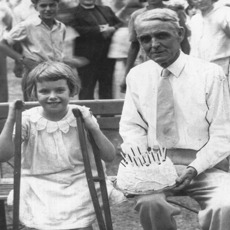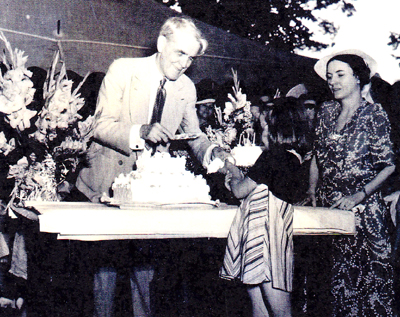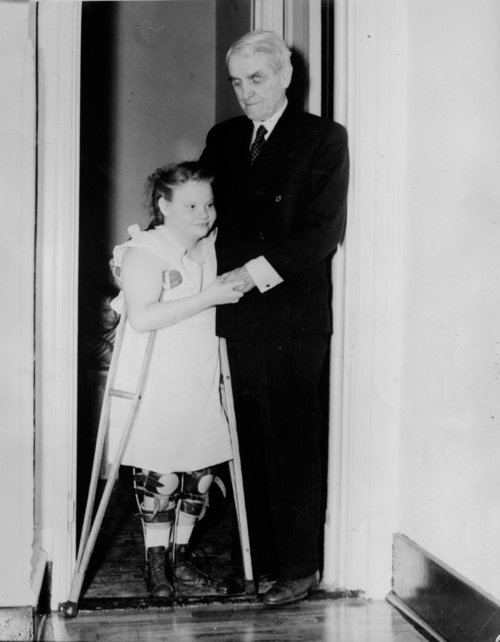
Photo credits to the Capper Foundation
Arthur Capper
Breaking Barriers Then
Breaking Barriers Now
Conclusion
Process Paper
Annotated Bibliography
Home
Arthur Capper’s vision originated when a young boy wrote him a letter, saying, “Please help me buy a pig.” Capper not only replied to the letter but also with a personal check. This small request blossomed into two organizations, the Capper Pig Clubs for boys and the Capper Chicken Clubs for girls. Capper thought the children could market the livestock they bought using the money from the loans. To receive the loan, the children had to promise to repay the money, with but few exceptions, they did. He really trusted the children to do the right thing, as he stated, “If you trust the people, they will trust you.”
By 1916, Arthur Capper had more than 100 young people taking advantage of the loans he provided, with average a profits of about $75 on an investment of $30. $75 then, is equal to more than $1,600 now. There were more than 10,000 members in these Capper Clubs by 1919. When friends of Arthur Capper expressed their astonishment of him loaning his personal money to children he didn't personally know, Capper replied, “What chance have boys and girls to be honest if nobody believes in them? How can they be responsible if nobody places any responsibility upon them?”

Photo credits to the Capper Foundation

This is a photo of Arthur Capper serving cake to one of the children at one of his Children's Day celebrations.
Photo credits to the Kansas Sampler Foundation

Photo credits to the Kansas Historical Society
Arthur Capper had organized the Goodfellows' Club of Topeka, a group of men who gave candy and toys to less fortunate kids on Christmas. The Christmas of 1920, he realized that the children were not able to come out and receive the gifts because of diseases like polio. That Christmas, Capper created the Capper Fund, personal cash in his top desk drawer. The Fund was used to pay for the expenses of the surgeries for families with children that were diagnosed with polio as well as physical services and equipment too. In 1934, the Capper Fund became the Capper Foundation for Crippled Children. The organization also expanded their services to the young, teens and adults with other kinds of disabilities, not just polio. His work in media and government helped him spread the word about the needs and challenges that those with disabilities faced.
“It is our duty to see that our future citizens are well-born; that they are properly nourished and are reared in that environment most likely to develop in them their full capacity and powers.” ~ Arthur Capper
Beginning in 1908, on Arthur Capper's birthday, he held a popular summer event called Children's Day. The festivities were free to the public and there was a carnival, pony rides, games, ice cream and more for the children to enjoy. These events were held until the Great Flood of 1951 forced its cancellation.
A clip from the interview with Edie Smith